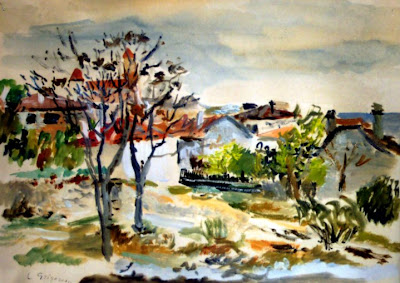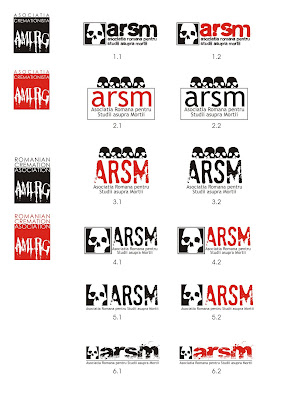1. A very important information for all the possible participants at the conference:
If your abstract will be accepted for a presentation at our conference and you will book your flights to Cluj Napoca and Sibiu airport is our task to collect you from these airports and going to Pensiunea Ramet. We used to do this for the foreign participants at the previous edition of our conference. Don't book your flights to Bucharest airport because it is impossible for us to collect you from there and you have to come to Ramet on your own using trains and buses.
2. Sunday the Romanian newspaper Adevarul published an interesting paper on some of the problems in the death system of Romania of nowadays. Here is the link http://www.adevarul.ro/actualitate/social/inmormantare-Bucuresti-biserica-preoti-gropari_0_195580739.html It's about the prohibited prices for a burial in Bucharest.
If your abstract will be accepted for a presentation at our conference and you will book your flights to Cluj Napoca and Sibiu airport is our task to collect you from these airports and going to Pensiunea Ramet. We used to do this for the foreign participants at the previous edition of our conference. Don't book your flights to Bucharest airport because it is impossible for us to collect you from there and you have to come to Ramet on your own using trains and buses.
2. Sunday the Romanian newspaper Adevarul published an interesting paper on some of the problems in the death system of Romania of nowadays. Here is the link http://www.adevarul.ro/actualitate/social/inmormantare-Bucuresti-biserica-preoti-gropari_0_195580739.html It's about the prohibited prices for a burial in Bucharest.
3. Famous Cremated Romanians
1939
Marin Nedeleanu - General of Romanian Army
1945
Alexandru Bujor - director of Sigurantei service Bucharest,police quaestor
1945
Alexandru Bujor - director of Sigurantei service Bucharest,police quaestor
1946
Marietta Horga - actress
Zelly Doncea - wife of the Romanian communism leader Constantin Doncea
Chrisanta M. Romnician - teacher at the famous college "Sf. Sava" from Bucharest
Dumitru G. Marinescu - general director of Mail Phone Telegraph Romania
Ioan Gh. Fortuneanu -member of Romanian Parliament, prefect of Mehedinti county
Ana Barbulescu - wife of Ilie Barbulescu, professor at University of Jassy, died in 1945 - I don't know if he was cremated or not...
Al. Gr. Ionescu - businessman
Boldur Gh. Simeaon - Phd. Economics
Leon Laserson - art collector
Theodor M. Bassarabeanu - lawyer, mayor of Focsani city
Traian Popovici - lawyer and mayor of Cernăuţi during World War II, known for saving 20,000 Jews of Bukovina from deportation, his ashes was buried in the cemetery of his native place (Colacu village in the North of Romania)
Chrisanta M. Romnician - teacher at the famous college "Sf. Sava" from Bucharest
Dumitru G. Marinescu - general director of Mail Phone Telegraph Romania
Ioan Gh. Fortuneanu -member of Romanian Parliament, prefect of Mehedinti county
Ana Barbulescu - wife of Ilie Barbulescu, professor at University of Jassy, died in 1945 - I don't know if he was cremated or not...
Al. Gr. Ionescu - businessman
Boldur Gh. Simeaon - Phd. Economics
Leon Laserson - art collector
Theodor M. Bassarabeanu - lawyer, mayor of Focsani city
Traian Popovici - lawyer and mayor of Cernăuţi during World War II, known for saving 20,000 Jews of Bukovina from deportation, his ashes was buried in the cemetery of his native place (Colacu village in the North of Romania)
1968
Constantin Ticuta Pavelescu - major general of Romanian ArmyGrigore Ghidionescu - composer
Paul I. Demetrescu - professor at University of Jassy
Modest Grigorcu - PhD. in economics and justice, he was sentenced some couple of years by jail for Romanian communists
Iorgu Istrate - adviser of Romanian Foreign Minister
1974
Niculita Teodoru -actor
Gheorghe Gogu Nicolescu - the founder of the first Romanian soccer club

















